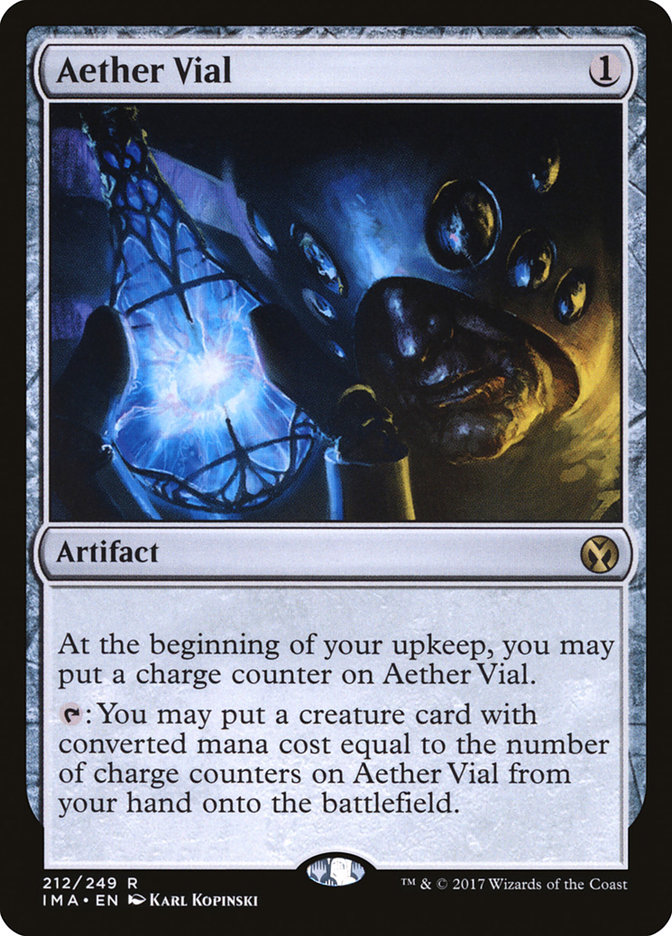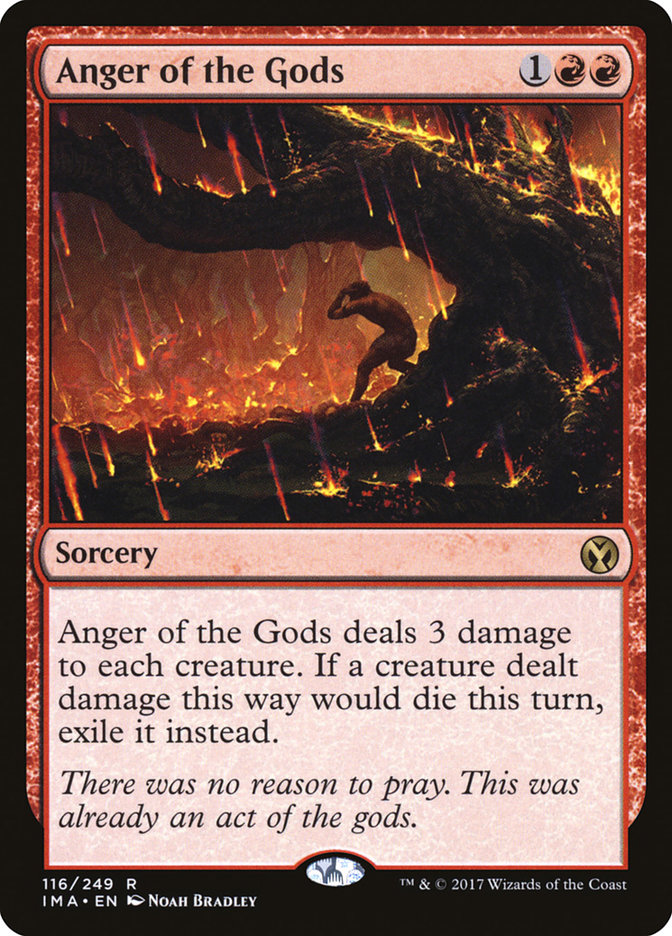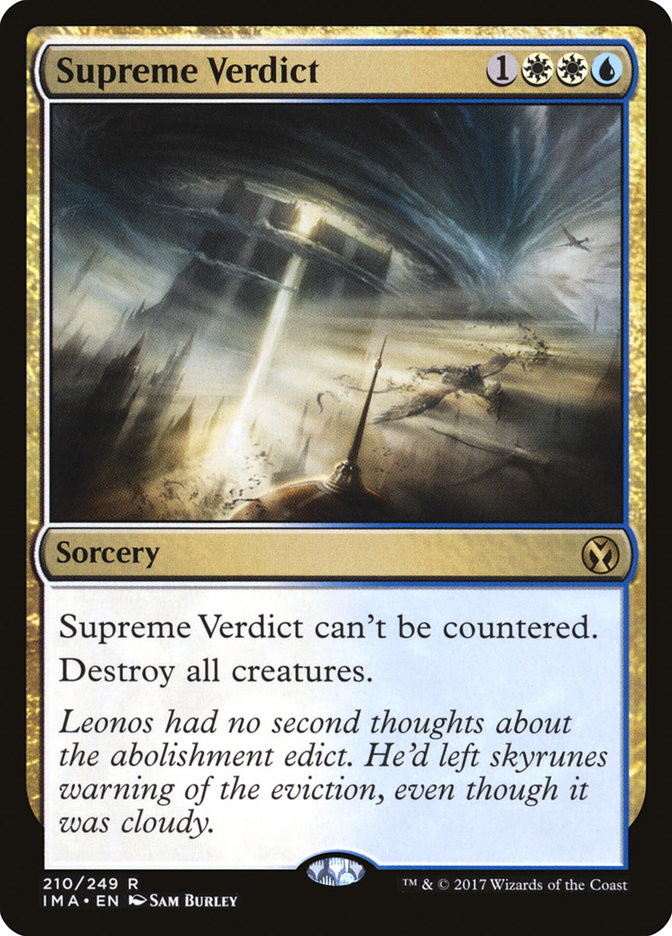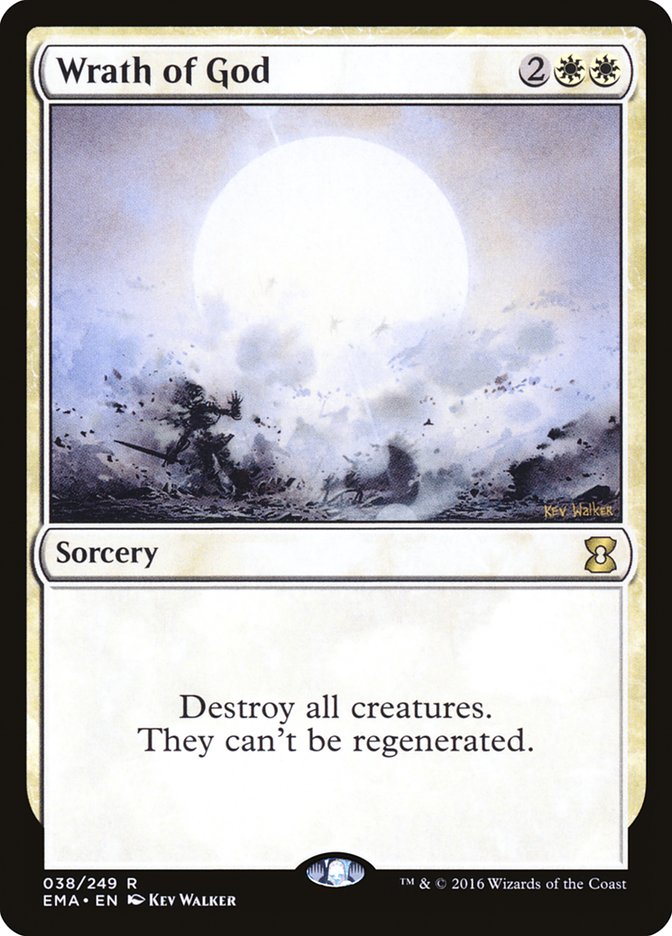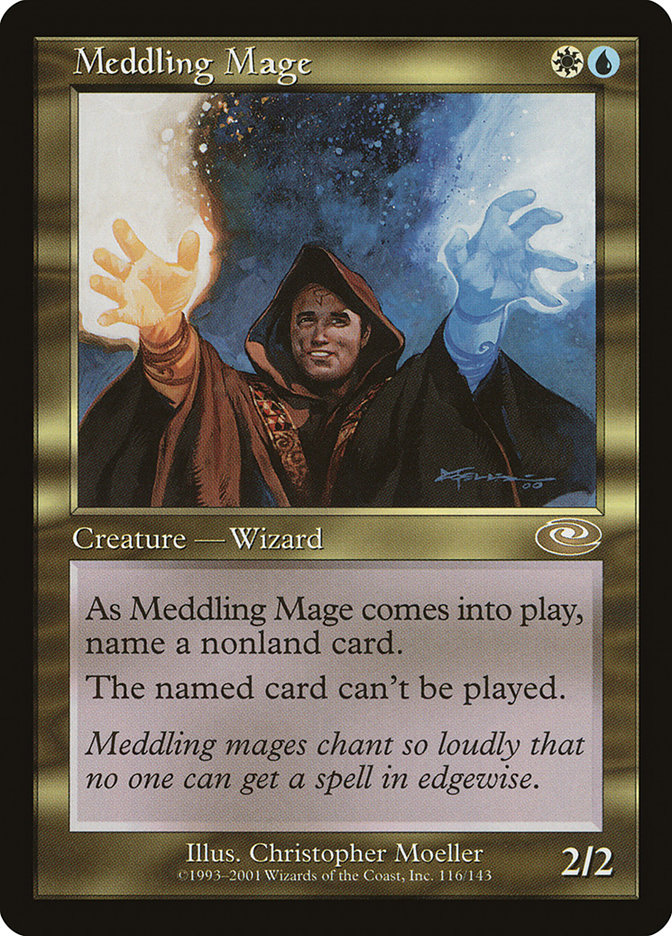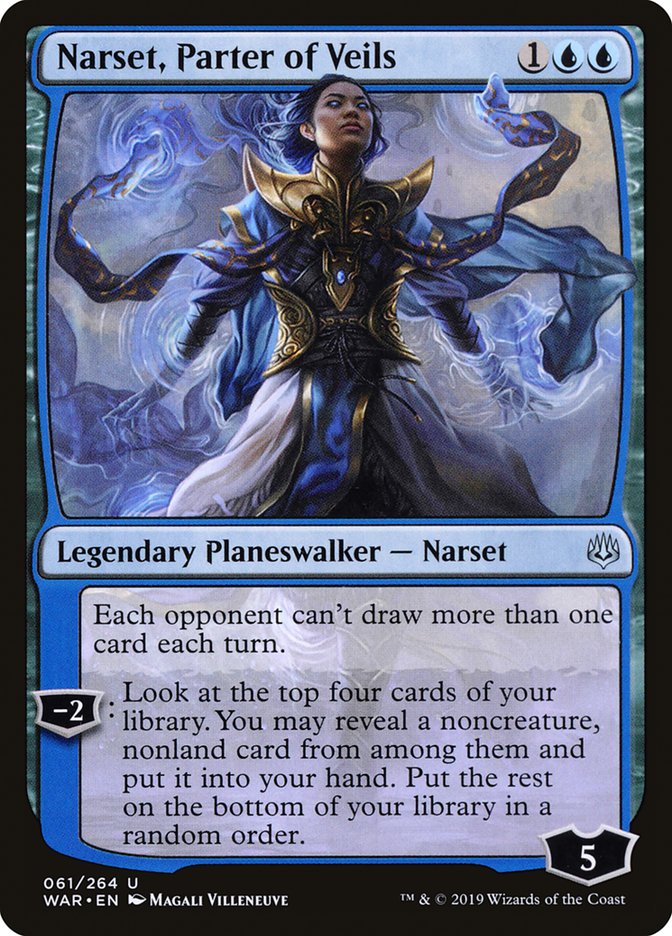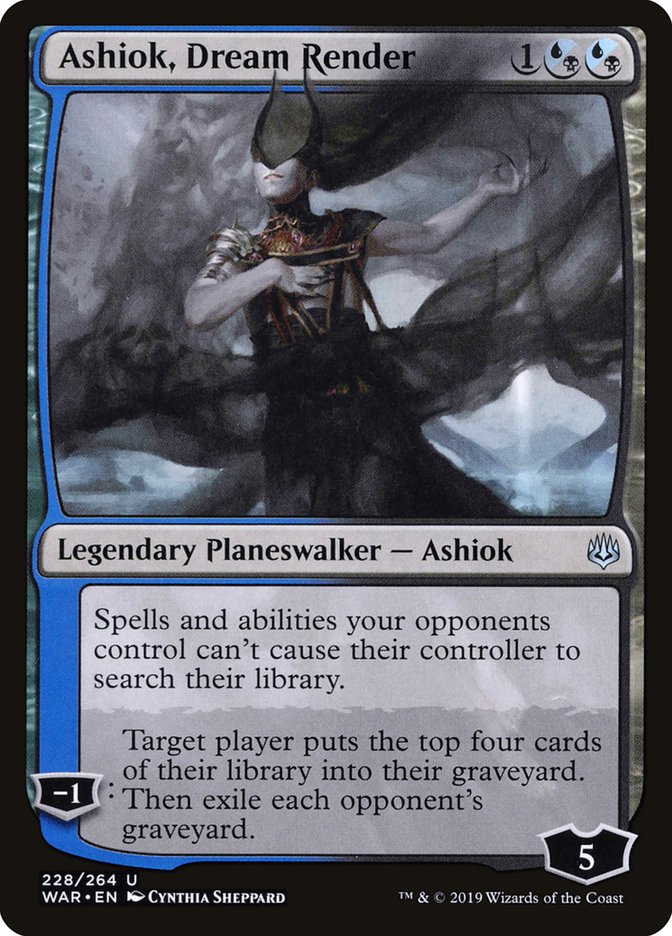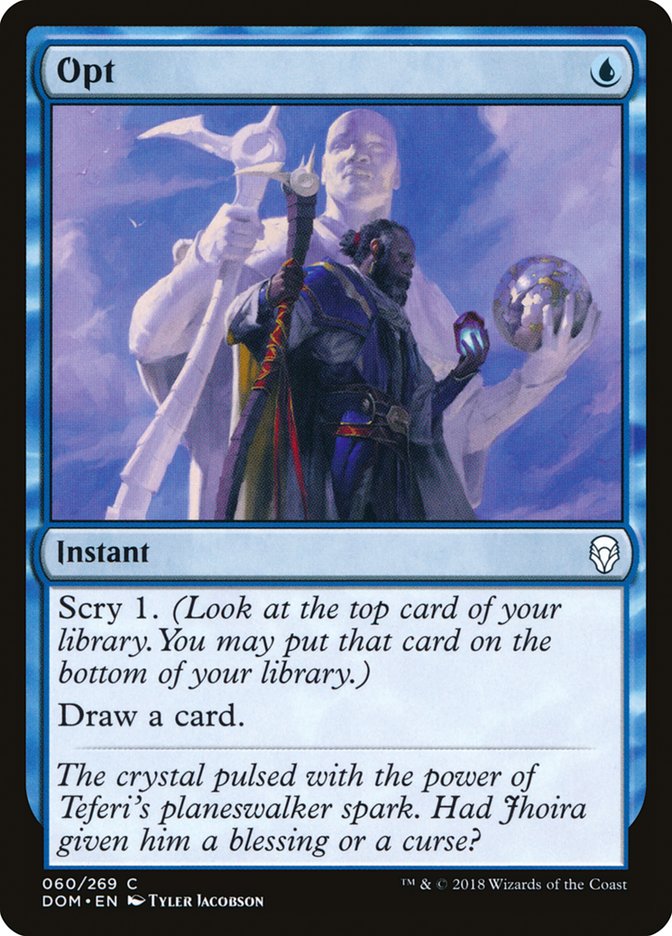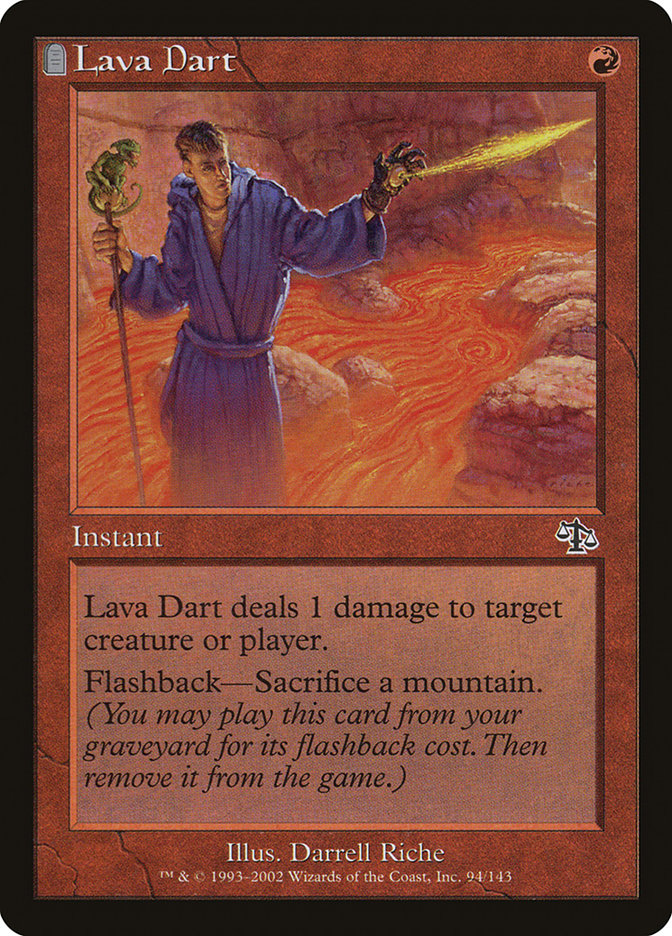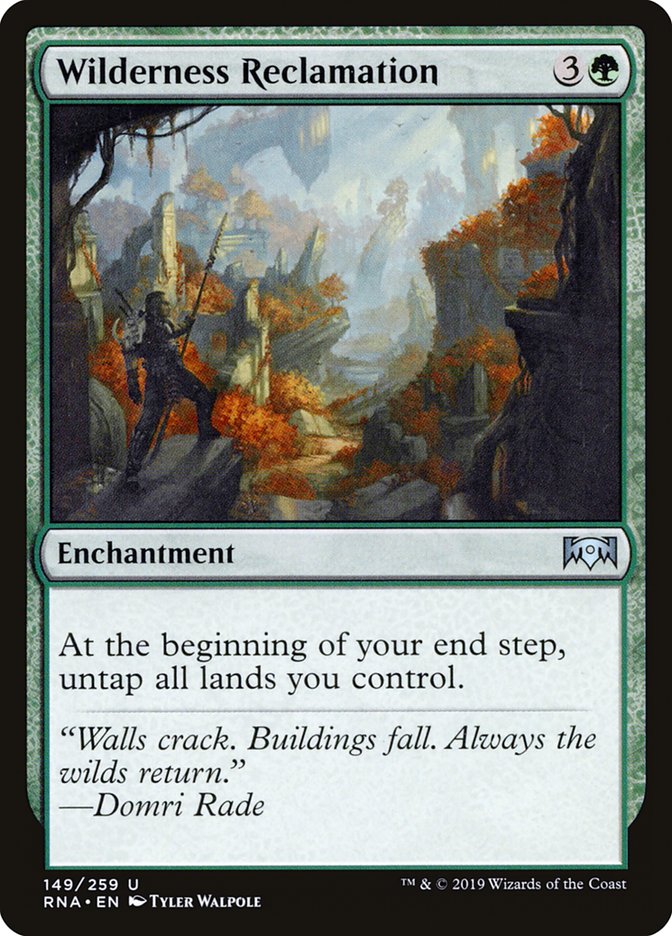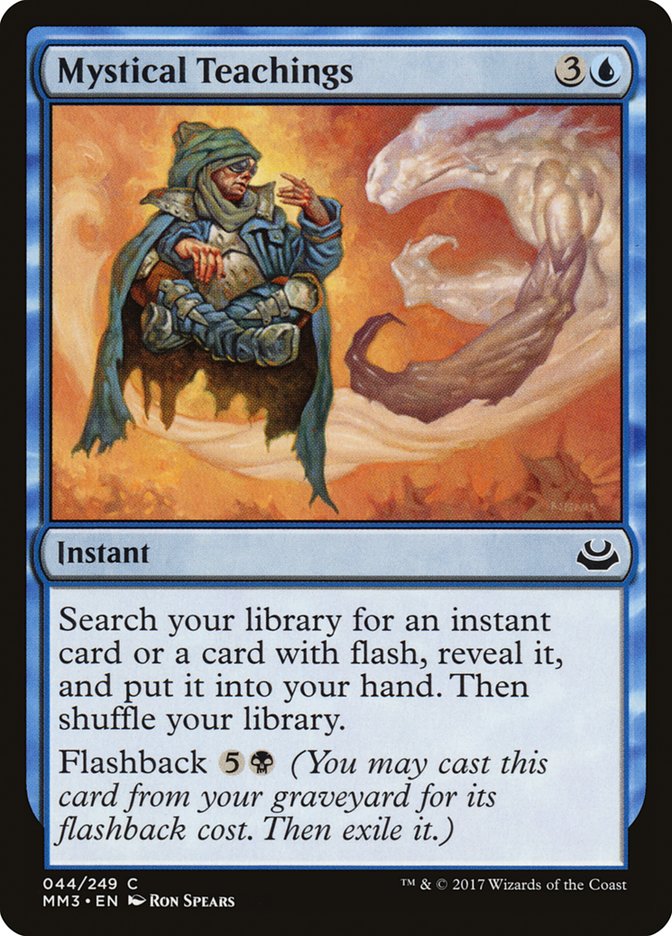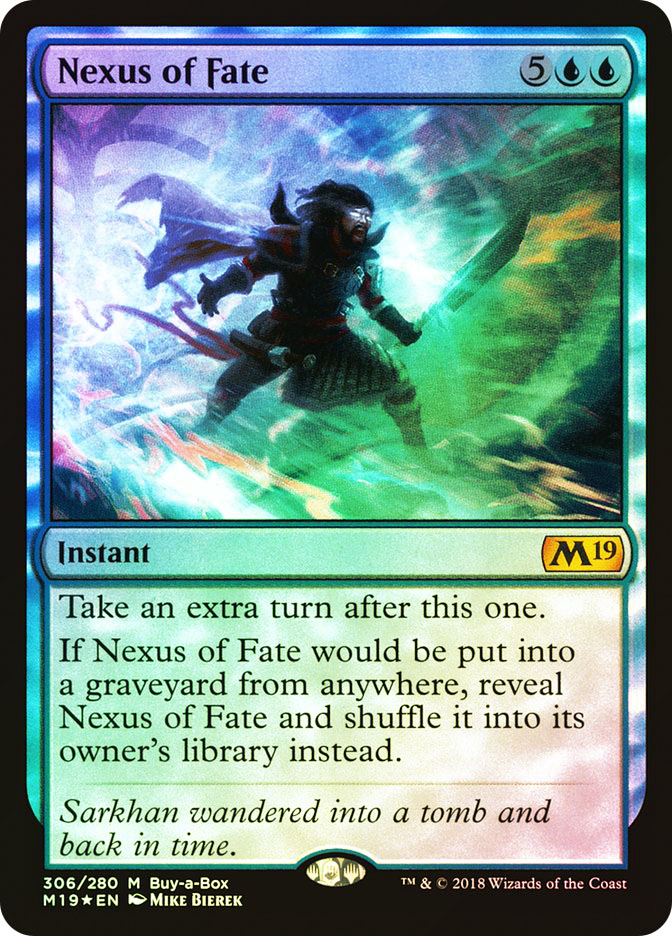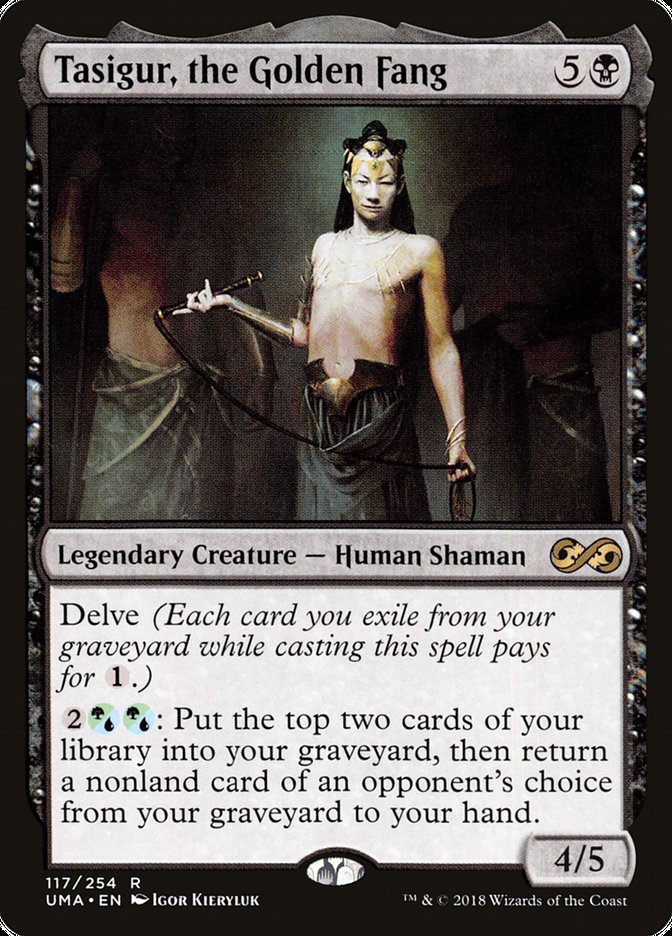Modern Horizons preview season started off on a little bit of a strange foot. Before War of the Spark had even been previewed, we were introduced to Serra the Benevolent and Cabal Therapist, as well as having some expectations set about reprints.
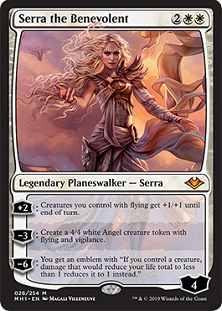
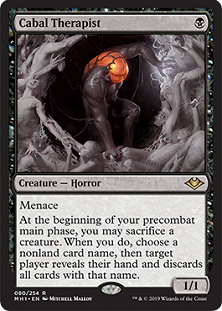
Fast forward a couple of months, and now the real preview season is underway. Wisely, the first wave of previews included some cards that should realign our expectations, putting to bed any rumors about Force of Will or Counterspell.
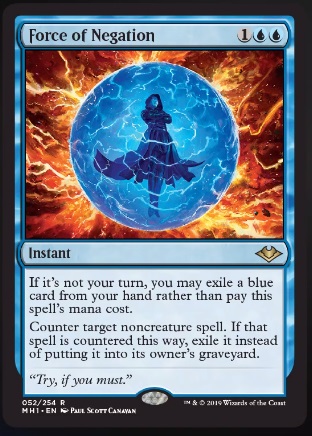
The first, most important, and more hyped new counterspell is Force of Negation. For a blue mana more than Negate, you get two major upsides.
The first, and sexier, is the ability to pitch a blue card to cast it for free during your opponent’s turn. I have previously advocated for “1UU Negate; you may exile a blue card instead of paying its casting cost.” I actually like the design here better, though. It’s not just about making this card more about stopping the insanity, rather than forcing it through. It’s also about how much pitch spells like Force of Will make it so that someone never has their shields down. When they’re never at moments of weakness, it actually removes a lot of counterplay and interaction.
Force of Negation injects a new kind of shields-down moment. For instance, if you’re playing against a control deck, you can actually try to fight important battles on their turn, preventing them from using Force of Negation for free.
As for the exile clause? It’s not nearly as important, of course, but it’s definitely got plenty of applications, such as Snapcaster Mage, Life from the Loam, Raven’s Crime, and flashback, just to name a few. Yeah, it doesn’t actually hit Arclight Phoenix (you know, that whole noncreature spell part), but it’s definitely upside to exile what we can.
Where do I see Force of Negation seeing play? Well, one obvious place is in the sideboard of blue decks. People already sideboard stuff like Negate, and if you want extra percentage against fast combo decks, Force of Negation seems perfect.
Of course, there’s no reason it can’t also be a maindeck card. I mean, it’s gotta at least be worth trying Force of Negation instead of stuff like Spell Pierce or Wizard’s Retort in Merfolk, right?
Creatures (26)
- 4 Lord of Atlantis
- 4 Silvergill Adept
- 4 Master of the Pearl Trident
- 4 Master of Waves
- 2 Harbinger of the Tides
- 4 Merfolk Trickster
- 4 Benthic Biomancer
Lands (20)
Spells (14)

That’s so many blue cards!
The card disadvantage of pitching to play Force of Negation is well compensated for in decks that create fast or snowballing advantages. Merfolk is a perfect example, as buying yourself an extra turn is frequently going to be worth eight damage. Instead of hitting with one threat ahead of removal each turn, you could be hitting with two. Instead of dying Turn 5 to a combo deck, you could buy yourself an extra turn, with an extra attack.
Besides, it’s not like you need to pitch a card for Force of Negation.
Aether Vial is excellent at letting us hold up mana, despite our deck being mostly creatures. It’s not crazy to think we’ll reasonably often have the resources to hardcast the Force. It’s just nice to have the option to cast it for free. Partially, we want to make sure we can stop a Turn 2 Goryo’s Vengeance or whatever, but partially, we want to counter a Turn 3 Anger of the Gods.
While we’re on the topic of sweepers, there’s at least one sweeper that Force of Negation has a big impact on…
While it has long been common to play a mix of Supreme Verdicts and Wrath of Gods in order to help alleviate the risk of Meddling Mage locking you out, Force of Negation is such a high-impact play to make on an opponent’s Wrath of God that it may suppress the popular appetite for such fanciness.
Interestingly, if playing all Supreme Verdicts does end up proving right, it bodes well for Meddling Mage itself.
As an example, most Jeskai Control decks would historically play a mixture of four-cost sweepers (with Settle the Wreckage seeing a little bit of action too). Should they move to all Supreme Verdicts? After all, it’s not just that Supreme Verdict being uncounterable means opponents won’t be able to protect their Merfolk or whatever. Supreme Verdict itself is blue! This means, we can pitch it to Force of Negation, giving us a little extra flexibility (which is especially valuable on such a situational piece of interaction).
Obviously, we’re not always going to have Supreme Verdict in our deck after sideboarding in games where we have Force of Negation; however, maybe there are some matches where this is applicable, and maybe we play Force of Negation maindeck?
Creatures (5)
Planeswalkers (3)
Lands (25)
Spells (27)

This update to Jeskai Control also takes the other new Modern Horizons counterspell, Prohibit, out for a spin. If Force of Negation reveals there’s no Force of Will (thank God), Prohibit sure does signal no Counterspell.
Prohibit was an underappreciated counterspell from long ago that really does get its power from a mix of both “halves.” As a two-mana counterspell, it hits a reasonable number of targets early, and the kicker mode really adds some meaningful flexibility. It’s not as strong as Fatal Push, but Prohibit is at least worthy of kicking the tires on.
I do love Search for Azcanta as a means to recoup card disadvantage from utilizing Force of Negation. We do have to be careful, though. Path to Exile, Lightning Bolt, and Lightning Helix are a lot of nonblue cards to see alongside the 25 land. At least Electrolyze and Detention Sphere have the decency to be blue.
Another possible use for Force of Negation is as a follow-up to a powerful planeswalker. It’s not that Force of Negation forces the planeswalker through, of course. It’s that you can tap out on Turn 3 or 4 without nearly as big of risk of being killed on the spot (or having your advantage topple).
Take Azorius SuperFriends as an example:
Creatures (2)
Planeswalkers (10)
- 2 Jace, the Mind Sculptor
- 2 Teferi, Hero of Dominaria
- 1 Teferi, Time Raveler
- 1 Ashiok, Dream Render
- 4 Narset, Parter of Veils
Lands (25)
Spells (19)

Casting Narset, Parter of Veils immediately finds you a blue card to feed the Force with. If you get to keep Narset on the battlefield for an extra turn, it’s frequently going to find you another blue card, offsetting the card economy costs.
Besides, Narset is just an excellent Magic card. Shutting down cards like Serum Visions and Faithless Looting is awesome, too. That said, I’m still in for Teferi, Time Raveler and Ashiok, Dream Render.
Teferi has all the usual anti-creature, anti-permission applications, but in Modern, his passive takes on a new meaning. You see, while you have Teferi, Time Raveler on the battlefield, opponents can’t cast spells off suspend (like Ancestral Vision), nor can they cast spells for free with cards on the stack (like with cascade). If someone plays Violent Outburst and reveals a Living End, the Outburst is still on the stack, making it not a time when sorceries can be cast.
As for Ashiok, I just want to wipe smiles off faces when we completely shut down opposing fetchlands, Chords, Tolaria West, and Summoner’s Pact. It’s also not a trivial amount of graveyard hate. Yeah, it’s not always going to perfectly line up against Dredge, but there are just so many times and places randomly removing someone’s graveyard can take options away from them.
Remember, Ashiok can be used on yourself (and in fact frequently should be, even if it is sweet to Ashiok someone you just set back with Teferi). Targeting yourself with the mill still exiles your opponent’s graveyard. Meanwhile, it helps increase the range of options from your Snapcaster Mage and Logic Knot. It can also give you a fresh top of the deck when paired with Jace, the Mind Sculptor.
It may seem silly, but Force of Negation does slightly increase the pressure to play Opt. Partly, replacing a land and three spells with four Opts increases the concentration of blue cards. Partly, Opt can help you find the Force when you need it, while Force can help make up for the tempo loss one experiences from excessive durdling.
Creatures (9)
Lands (18)
Spells (33)

One deck that makes excellent use of cantrips like Opt is Arclight Phoenix. It’s a little bit of a bummer just how many red cards we play (particularly now that we’re running Finale of Promise); however, maybe the list is supposed to evolve towards a higher blue card count.
Lava Dart is most certainly not that, but I wanted to bring it up for a moment, as it is at least a reasonable consideration for Phoenix decks (even if I think Gut Shot is better, and I don’t play Gut Shot). The ability to cast two spells for just one mana, off just one card, is not to be underestimated. Whether it’s here or in some Storm combo deck, Lava Dart will surprise people with how much it can do with so little.
Speaking of “combo” decks…
Creatures (5)
Lands (24)
Spells (31)

While this deck plays out a bit like a control deck, all it’s really trying to do is buy a little time. Once you drop Wilderness Reclamation, Mystical Teachings becomes downright spooky.
For instance, let’s suppose you cast Wilderness Reclamation on Turn 4 (or Turn 3 with Growth Spiral). Now, on your opponent’s turn, they’re somewhat forked. If they play into you, they risk getting Cryptic Commanded back into the stone age. If they’re at all passive, you may just be able to get away with Mystical Teachings for Nexus of Fate.
For a deck with just one Nexus of Fate, this list sure does take a lot of extra turns!
With Nexus of Fate in hand, we can drop a fifth mana and Nexus with three mana left over for cantrips or whatever. If we had a Growth Spiral, we can flashback Teachings for Nexus again the following turn. Of course, depending on our hand, we could easily want to just buy ourselves another turn with Cryptic Command, tapping their team and drawing a card.
Once we get to seventeen mana, we’re kind of just infinite. Yeah, we’ll eventually run out of Mystical Teachings, but how many extra turns do you have to take to run away with it? It’s not like that’s our only card draw, either. And besides, you know who else is unreal with both Wilderness Reclamation and Nexus of Fate?
Tasigur, the Golden Fang is a strong card on its own but has so much contextual value. The card draw ability can be somewhat expensive to operate, but Wilderness Reclamation changes all that. Nexus of Fate is also a fine way to get extra untaps, translating into real card advantage (not to mention extra attacks getting us more value from Tasigur’s body).
Why no Force of Negation maindeck?
I mean, maybe it’s worth it, but I’d have to see how the metagame shakes out. I think it’s really easy to talk yourself into playing more Force of Negation than your deck really calls for. Besides, we’re already untapping our mana during our opponents’ turns anyway. When we’re going off, or aspiring to, we don’t even get the benefit of the alternate casting cost (since it’s usually our turn).
Force of Negation likely will be a little overhyped and overused by some, but it’s also going to be hated on more than it should, as it will take people a little getting used to it to fully appreciate what it does. It may sound silly, but people really slept on Force of Will, too. At the end of the day, Force of Negation is still a good card, and it will quickly find multiple homes in Modern.



